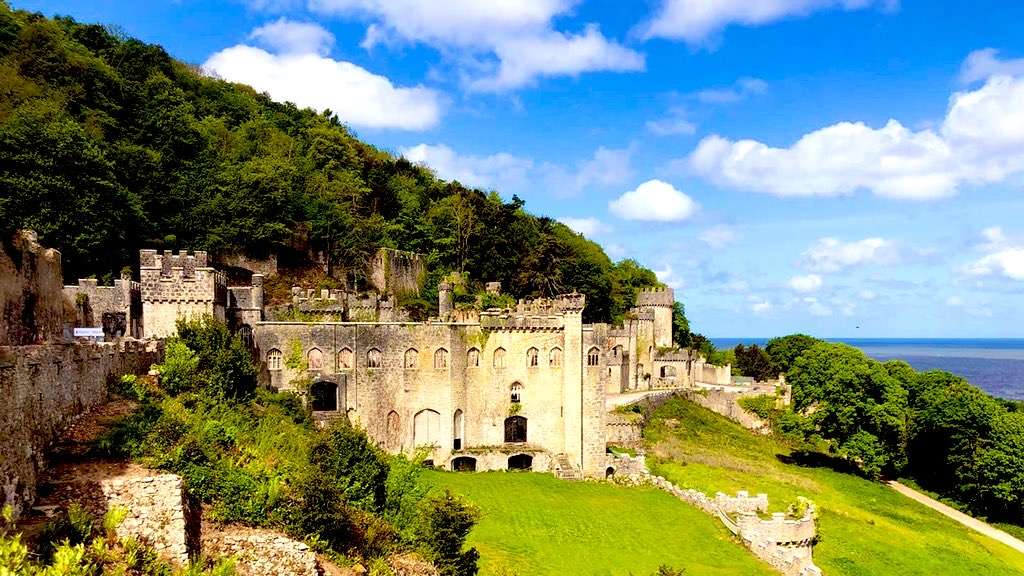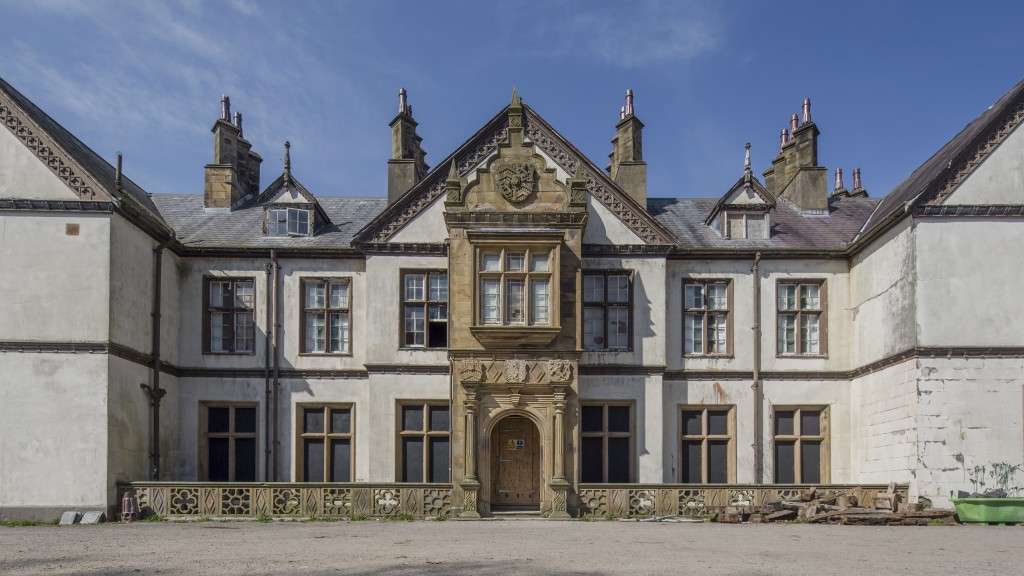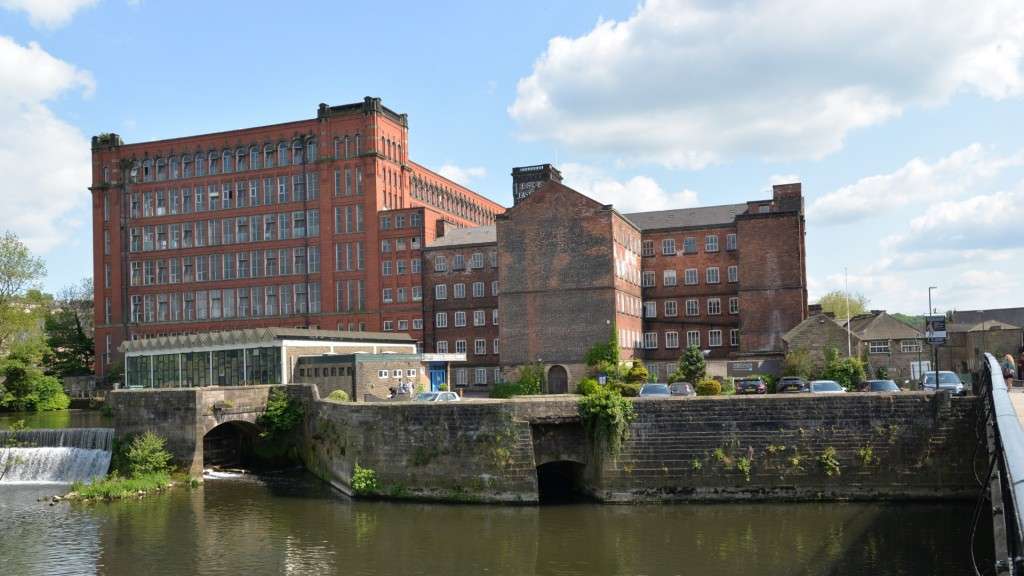BaR News Round Up December 2023
We are reaching the end of our annual round of Buildings at Risk Register updates, and have been looking at the fascinating collection of buildings on the register in Wales. A number of encouraging stories stand out. Elsewhere we were delighted to hear the positive funding news for the vast Tonedale Mills site in Somerset. Another huge industrial site, this time in Derbyshire, Strutt's Mills in Belper is conducting a public consultation about alternative uses. Read more about all these stories in our December news Round Up.
Wales update news
Conwy
Engedi Methodist Chapel, Woodland Road West, Colwyn Bay CL29 7DH: This unlisted chapel built in Gothic style in 1898 closed in 1987 and despite a 2011 planning permission to convert to residential use, it stood disused with uncertainties about its ownership adding to its problems. We added it to our register in 2017. The building was acquired by Manchester developer, Gothic & Stone in 2020, and in 2021, permission for conversion into 19 luxury apartments was granted. The flats are complete and are being marketed as "The Trinity" and at the time of writing units are still available.
Gwrych Castle, Tan-Y-Gopa Road, Abergele, Conwy, LL22 8ET: A mock medieval castle conceived as a vast picturesque monument, Gwrych was built by Lloyd Bamford Hesketh from 1816. Four-storeys, peppered by numerous towers and with embattled walls, the castle has an enormous 1,300 ft frontage but a shallow plan. The castle has been on our register since 1993, blighted by absentee owners and failed conversion plans. It was purchased in 2018 by Gwrych Castle Preservation Trust after grants from National Heritage Memorial Fund and Richard Broyd Charitable Trust. The Trust had been established in 2001 with the main advocate for the building a young man whose imagination was captured by it. The castle shot to TV fame in 2020 as the location for 'I'm a Celebrity...Get Me Out of Here' . Recently, Gwrych Castle has been awarded £2.2m by the National Heritage Memorial Fund as part of their Covid-19 Response Fund, enabling the Trust to undertake urgent shell repairs that will include a permanent roof and floors.
Denbighshire
Pool Parc Asylum, Ruthin, Denbighshire, LL15 2LW: A large, Grade II listed house built between 1826 and 1829 regarded as a very early and accomplished example of the Neo-Jacobean style, Pool Parc became a hospital in the 1930s and then an overflow for Denbigh Asylum. When this use ceased, it stood empty for years with no schemes being put forward. We added it to our register in 2017. Then in 2018, it was put up for sale. In our latest update, we picked up that the house has recently been sold to a company who want to develop the site and renovate the buildings as holiday let accommodation. There is still a way to go before this is actually accomplished but this is positive and we will continue to follow developments.
Other news
Tonedale Mills, Wellington, Somerset, TA21 0EZ: The vast Tonedale Mills at Wellington together with the nearby Tonedale Works produced Taunton serge and other fabrics. The site has been on our register since 2017. A committed team at the Council with backing from Historic England has taken action on several occasions against the owners of the mill site to repair the buildings pending a more comprehensive scheme. Tonedale Works is in Council ownership and works have already taken place there to stabilise and clear that fascinating site.
Now it has been announced that the Council has been successful in obtaining £20million Levelling Up funding for the sites. This is very good news and will enable the Council to put in place plans for bringing the site back into use for the benefit of the town. This coupled with news earlier in the year about the likely reopening of nearby Wellington Railway Station, closed in the Beeching Cuts, and things start to look very encouraging indeed.
Strutt’s North Mill, Belper, Derbyshire, DE56 1YD: We added this grade I listed mill in the Derwent Valley Mills World Heritage Site to our register this year. The North Mill was built in 1803 by William Strutt and was one of the earliest iron framed mills in the world. It stands next to the vast East Mill (grade II) and several other buildings. As a collective, the site has suffered from disrepair and many of its buildings are left unused. A 2018 planning proposal for redevelopment as residential and commercial units remains undecided but there have been calls for a scheme which caters more to the community, is sustainable, suitable for the site and potentially fundable. Now the Derwent Valley Mills World Heritage Site Partnership is conducting a consultation on 5 alternative schemes intended to take account of these concerns. It makes for very interesting reading and can be found on their site here. Responses to the consultation must be made by 11.30pm on Sunday 17th December 2023. We will continue to follow the story.





